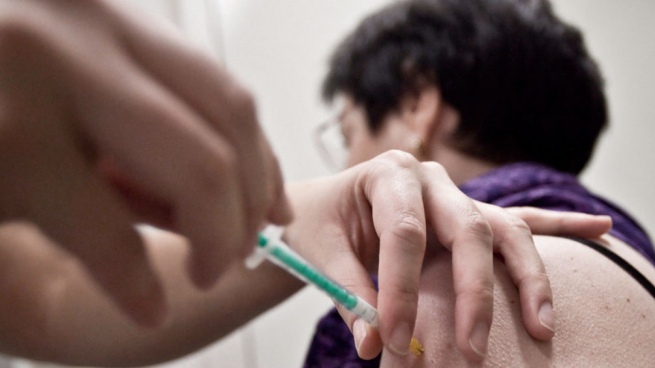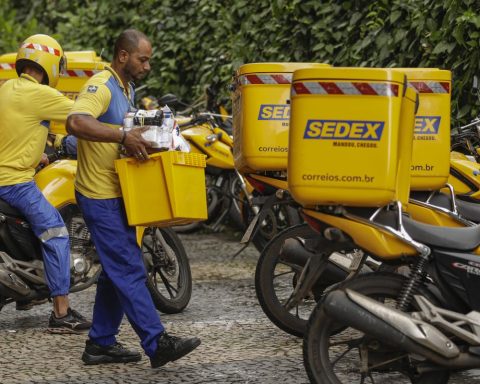An increase in cases of Argentine Hemorrhagic Fever (HAF) has been observed in recent weeks in the endemic areas of the country (south of Santa Fe, south of Córdoba, north, center and southeast of Buenos Aires and northeast of La Pampa), warned this Wednesday specialists from the Argentine Society of Infectious Diseases (SADI) and warned that early suspicion is key to administer treatment with serum and reduce complications and mortality.
The document prepared by the scientific society detailed that until May 14 in the province of Buenos Aires, 65 suspected cases of FHA were reported, of which six were confirmed (9%), one was negative and 58 remain as suspects with unreliable results. conclusive, waiting for second samples to complete studies.
“The matches of St nicolas Y Parchment where FHA cases have been confirmed in week 19 (from May 8 to 14), correspond to the endemic area of the disease and where sporadic cases are expected,” the report mentioned.
As for the treatmentonly one of the confirmed cases did not receive transfusion with immune plasma and none of the six cases had a history of vaccination with Candid#1, which since 2007 is included in the national calendar for residents or workers in endemic areas.
? DOCUMENT – Argentine hemorrhagic fever: an old acquaintance that is still in force.
Access the full document by entering the following link ? https://t.co/dpA8ymxjNm pic.twitter.com/R29cojfS4q
– Argentine Infectology Society (@SADI_arg) June 15, 2022
One of the confirmed cases died at week 15 (April 10 to 16): It was a 42-year-old woman who had an epidemiological history of having participated in a social event in a rural area of the Ramallo district.
For the same period in 2021, 13 suspected cases and one confirmed case had been reported in the municipality of San Nicolás.
This number of cases is significant if one takes into account that in the province of Buenos Aires, a total of 491 notifications of FHA suspicions were registered between January 2017 and mid-May of this year, of which 18 cases (4%) were confirmed, six this year.
In the province of Santa Feuntil May 14, 65 suspected cases with habitual residence in that province were reported, of which five were confirmed, 14 were discarded and 46 remain under study.
The confirmed cases correspond to the south of the province, in the departments of Caseros (1), Constitución (1) and Rosario (3).

FHA is an endemo-epidemic disease in Argentina and covers an extensive geographical area dedicated to agricultural activity that includes the south of Santa Fe, the south of Córdoba, the north, center and southeast of Buenos Aires and the northeast of La Pampa, and it is estimated that the population at risk reaches five million people.
It is a serious acute viral disease, caused by the junin virus (Family Arenaviridae, Genus Arenavirus of the New World, Tacaribe Complex) that is transmitted between rodents and the main reservoir is Calomys musculinus and exceptionally Calomys laucha (corn mouse), a common animal in rural, domestic and linear habitats (paths, fields or railway lines).
The human being is an accidental host from direct contact with secretions and excreta of rodents that are aerosolized and enter through the respiratory tract or non-intact skin.

Since the introduction of the vaccine, between 15 and 50 cases of ALF are reported each year in Argentina and the highest incidence is observed mainly from March to October, although cases can occur throughout the year.
The disease presents as a nonspecific acute febrile syndrome without compromise of the airways and the incubation period is 1 to 2 weeks.
FHA Symptoms
Non-specific symptoms may include fever (38.5-39°C), headache, retro-ocular pain, malaise, tiredness, skin rash (reddening of the upper trunk), rash on mucous membranes, bleeding gums and joint pains.
After the eighth day you can develop bleeding disordersrenal and neurological serious and without treatment mortality reaches 30%.
In the acute stage, the main laboratory abnormalities observed are leukopenia (decrease in white blood cells), thrombocytopenia (decrease in platelets) and normal or low erythrocyte sedimentation rate.
Treatments and vaccination
Specific treatment is early administration of hyperimmune serum or convalescent plasma which is indicated when clinically suspected, within the eighth day of the onset of symptoms, which prevents progression to severe forms and reduces mortality to 1%.
FHA is a vaccine-preventable disease. candid#1 which is a live attenuated virus, it is produced by the National Institute of Human Viral Diseases “Dr. Julio Maiztegui” and has proven to be harmless, immunogenic and 95.5% effective.
In 2007, this vaccine, which is applied intramuscularly and has a single dose, was incorporated into the National Vaccination Calendar for the endemic area and can be received by all people over 15 years of age who reside, carry out activities or travel to the national endemic area. .


















